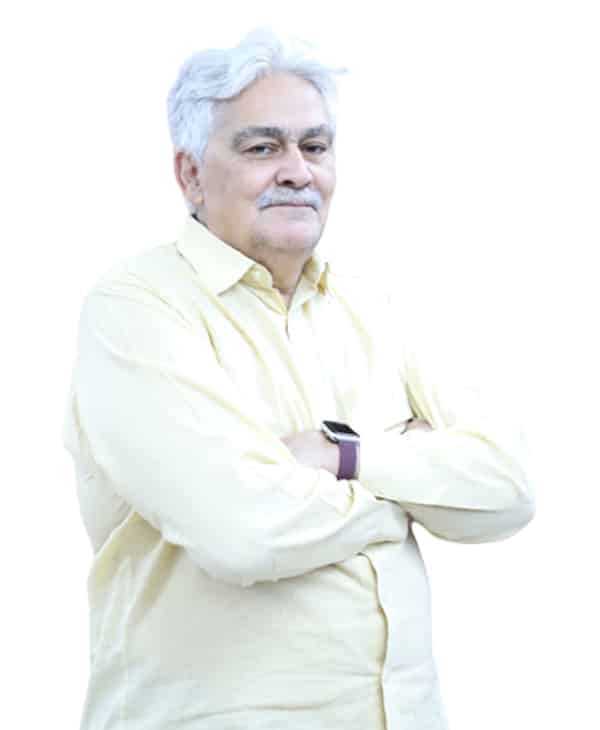THE PAKISTAN DEVELOPMENT REVIEW
Residential Demand for Electricity in Pakistan
Undoubtedly, in the new millennium, the importance of energy sector for the development of a country is undeniable. Rapidly increasing knowledge along with speedy technological innovation has resulted in the provision of abundance of facilities. This has made the human beings, consumers or producers, much demanding for energy sources that are used to run mechanical processes. There are various sources of energy which include oil, electricity, gas, coal and nuclear. Countries differ in the usage of alternative energy sources. In Pakistan the major energy source is gas which is 41 percent of the total energy supplied. The other energy supply sources along with their percentage shares are as follow: oil (29 percent), hydro (12.70 percent), coal (12 percent) and nuclear (1 percent).1 Electricity is one of the most important source of energy in Pakistan. It has become a necessity in the present life, having a wide range of uses in residential as well as in commercial sector. Table 1 describes the major domestic users of electricity in Pakistan along with their respective shares of consumption. It is obvious from the table that residential consumption of electricity has the highest share.



